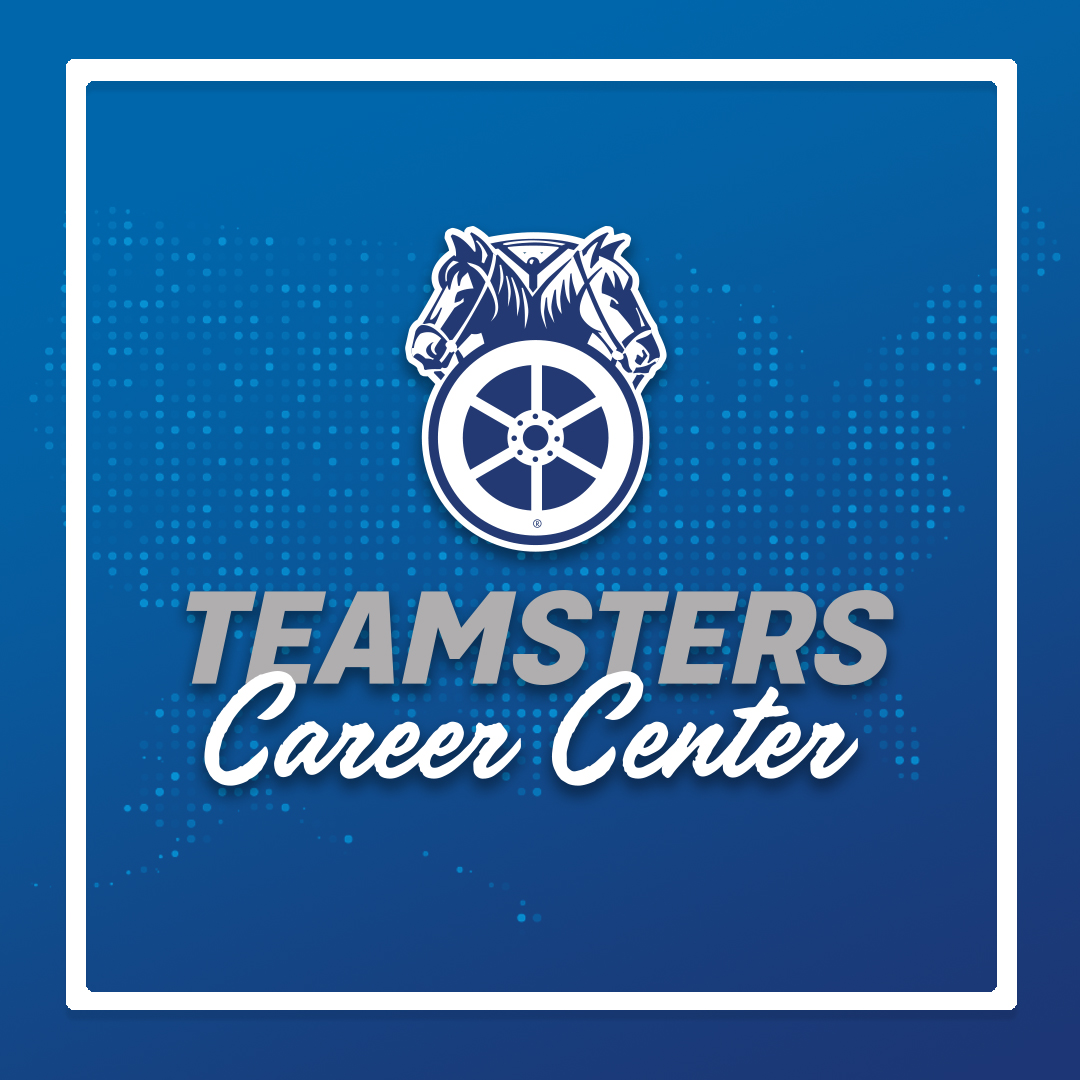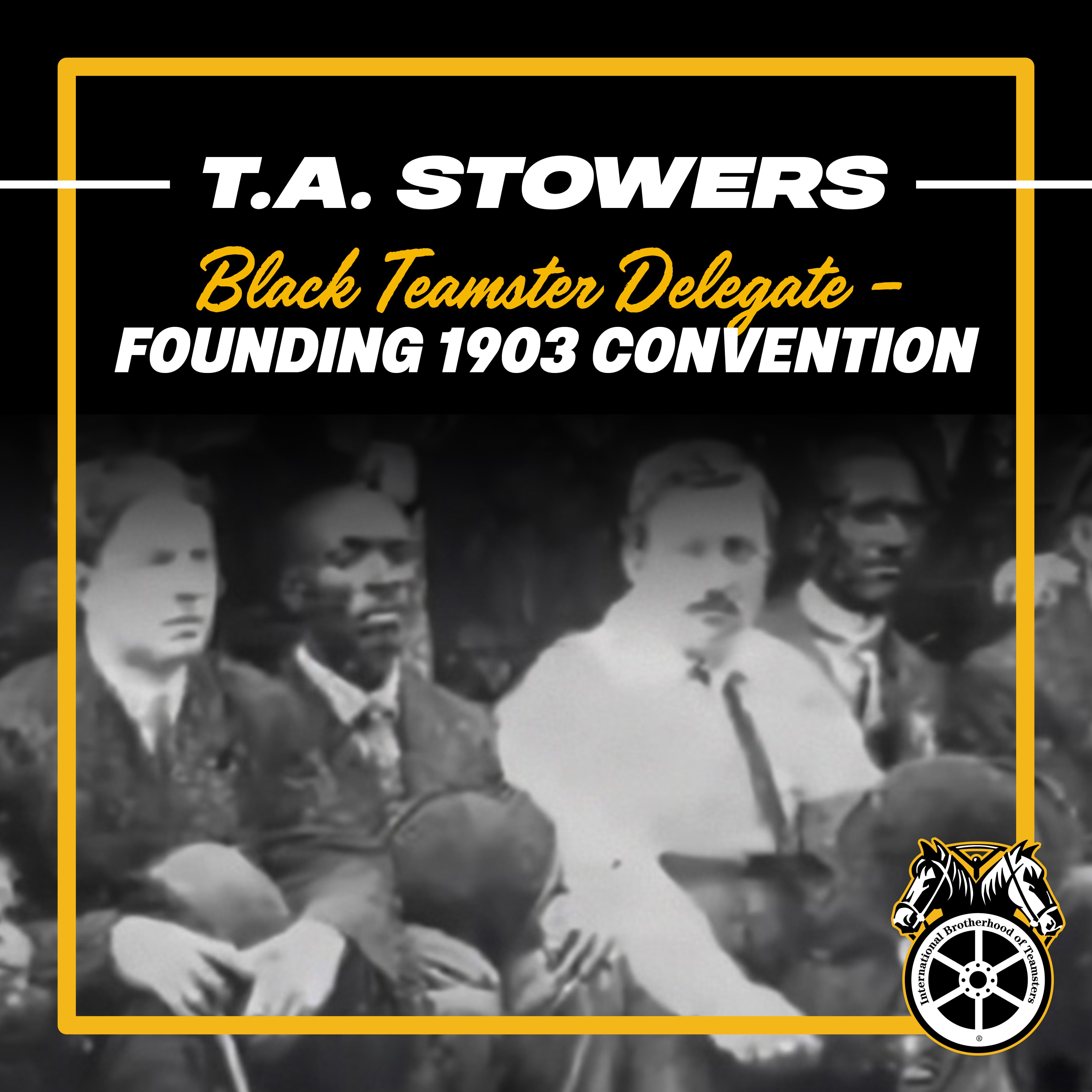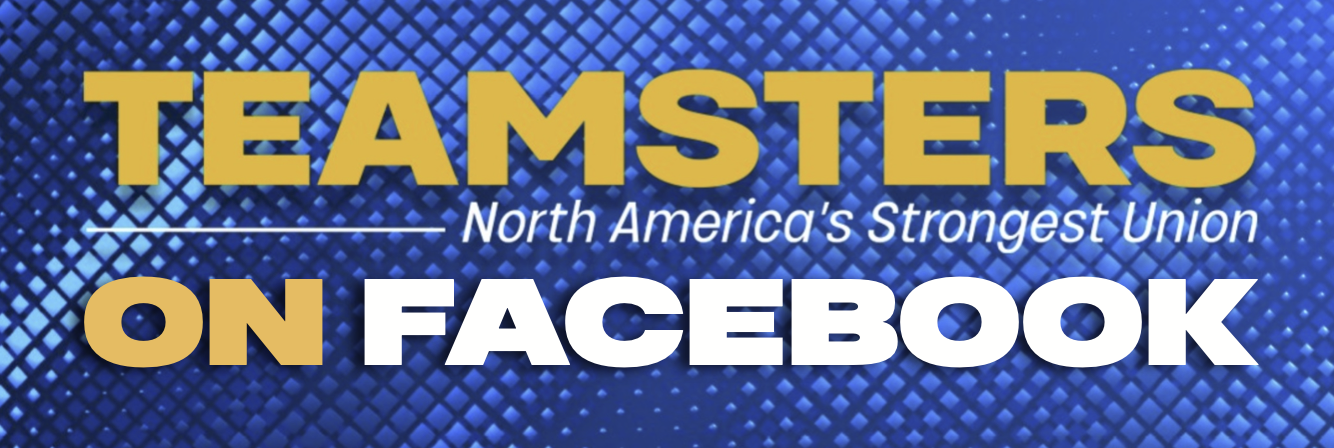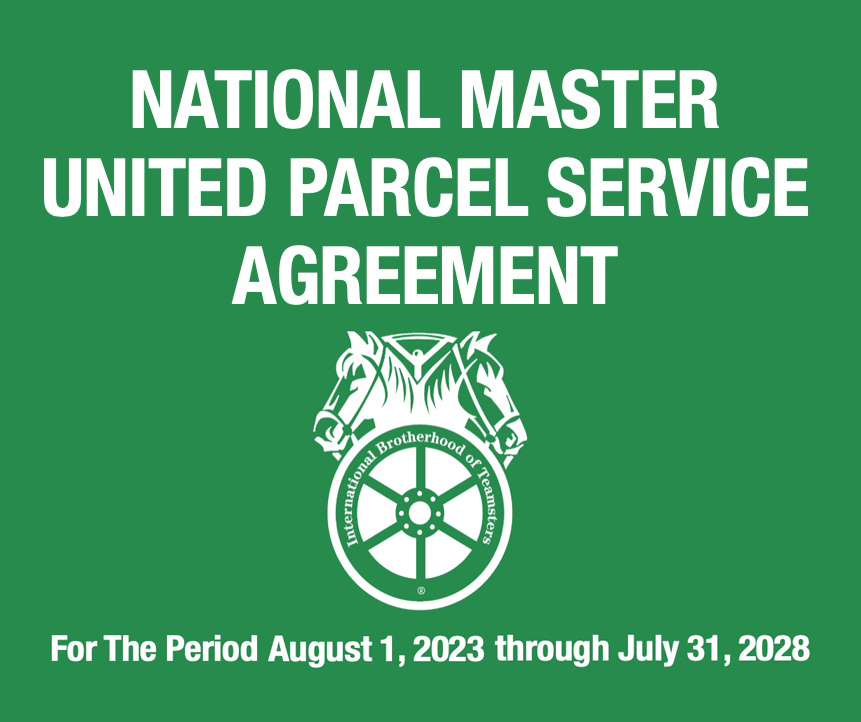| The Birth of the Teamsters 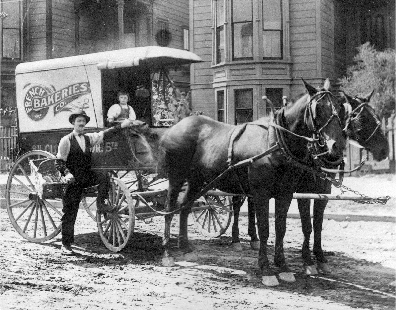 For over 100 years, the Teamsters Union has helped millions of workers achieve the American Dream. For over 100 years, the Teamsters Union has helped millions of workers achieve the American Dream.Founded in 1903, the International Brotherhood of Teamsters began as a craft union, representing the men who drove the horse-drawn wagons essential to American commerce. These team drivers contributed greatly to the American economy. They worked under poor conditions, toiling 12 to 18 hours per day, seven days a week, for an average wage of $2.00 per day. From these conditions arose the desire for a better life, and the vehicle for achieving this American Dream was to form a powerful union. Today the International Brotherhood of Teamsters is one of the largest unions in the world – and most diverse – representing more than 1.4 million hardworking men and women in the United States and Canada. An Impressive History The history of the Teamsters is a record of accomplishment and a model of success for the American labor movement. Under the leadership of its second President, Daniel Tobin (1907-1952), the Teamsters set on a path toward organizing workers and a goal of raising living standards. The Teamsters enjoyed years of union-friendly administrations, most notably during Franklin D. Roosevelt's presidency. FDR helped workers through initiatives that pulled the nation out of the Great Depression and that put Americans back to work. Despite setbacks -- such as the Taft-Hartley Act of 1947, which served to restrict and limit labor's influence -- the Teamsters have achieved, and continue to achieve, major victories for labor. Under President James R. Hoffa's leadership, membership reached 1.5 million strong in 1957. And in 1964 he was successful in negotiating the first National Master Freight Agreement, a watershed event for the labor movement. The National Master Freight Agreement moved more workers into the middle class than any other event in labor history. The agreement covered 400,000 Teamsters employed by some 16,000 trucking companies and spawned similar bargaining agreements in other Teamster trades and crafts. Despite trying times during the Reagan era of anti-union policies, the union developed a stronger, more democratic vision in the late 1990s under the leadership of General President James P. Hoffa. At the 2001 Teamsters convention, a historic amendment enshrined the concept of "one member, one vote" as a permanent component of the union's constitution. "One member, one vote" protected the members' voice in the union and created a truly democratic system for the direct election of International officers. In 2005, the Teamsters made a historic break from the AFL-CIO to join six affiliated unions with six million members in the Change to Win federation. Today Employing more than 200,000 Teamster members, United Parcel Service is the union's largest single employer. The best-known Teamsters work in the freight industry; more than 120,000 Teamsters work for multiple employers under the National Master Freight Agreement. Hundreds of thousands more work in occupations from airlines to zoo-keeping, in one of five Teamster divisions: Freight, Industrial Trades, Parcel, Public Employees and Warehouse. The Public Employees sector is the union's fastest-growing division. The largest concentration of Teamsters members are in the Eastern and Central states. A Bright Future
Page Last Updated: Feb 05, 2024 (11:53:00)
|
|


